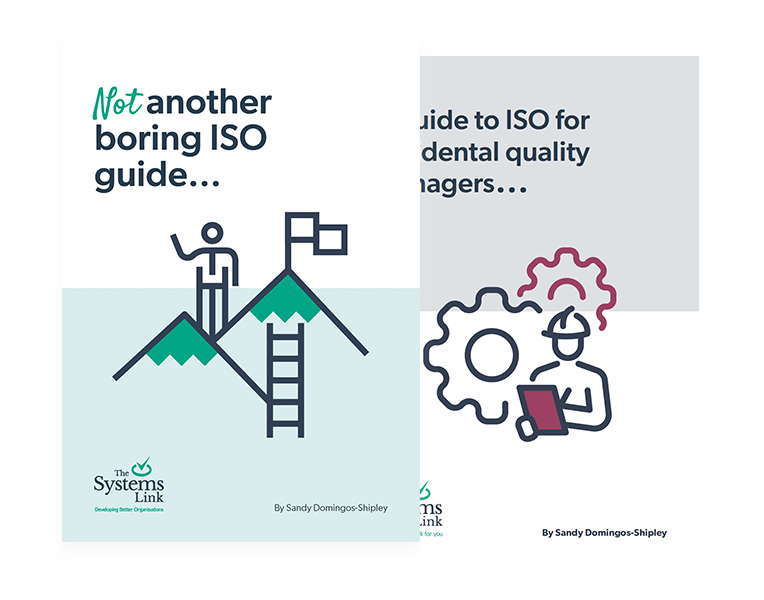Humans have been telling stories throughout history – passed from generation to generation through cave drawings, word of mouth, printed materials and now the internet.
Stories and legends help children learn about the world and make sense of complex ideas or emotions. But the power of storytelling isn’t limited to children.
Even for adults, storytelling is still one of the most effective ways to get people engaged with a message, especially if the subject is complex or not particularly exciting.
I love using storytelling as a tool for communicating quality and change. It’s a fantastic way to get teams engaged with systems and processes.
Too many quality professionals talk to their teams about clauses or policies rather than showing why something needs to be done a certain way or why something needs to change.
Storytelling puts the audience first. It makes them the hero or makes the hero someone they can relate to. It takes them on a journey.
So instead of telling your colleagues what to do, tell them a story of how it will improve things for them.
For example, you might start your story with a real-life scenario: “Remember last year when we had all those problems with ABC, and it resulted in XYZ? There was that particular incident where...”
Then you’d go on to introduce the solution and finish by explaining the expected or desired outcome.
This is far more engaging than simply saying – “we need to start doing this because clause 9 of ISO 9001 says we have to.”
Change can be difficult for employees to accept, particularly if they don't understand why the change is necessary. Stories can be used to illustrate the need for change and explain the benefits of that change.
The key to great storytelling
Decide on your objective: What is the purpose of your story – what do you want to inspire the audience to do? How do you want them to feel or think as a result of hearing your story?
Know your audience: Understand who your audience is, what their interests are, and how they like to receive information. This will help you to craft a compelling story that resonates with them.
Craft the right narrative: Take them on the journey. Create a story arc with a clear beginning, middle and end. Set the scene, make the characters real or relatable, introduce conflict and end with a resolution.
Make it relevant: Use examples and analogies that are relevant to your audience's experiences. This helps to make the story more relatable and memorable.
Incorporate data and metrics: Use data and metrics to support the story and demonstrate the impact of change and quality. Use visuals to make the data more accessible.
Encourage participation: Invite feedback and suggestions to build trust and create a sense of community. Get your colleagues to share their own stories and experiences.
Share success stories: By sharing stories of how other organisations have successfully navigated similar changes, you can reassure colleagues that change is possible and can lead to positive outcomes.
Review your story: Did your story work? Were your colleagues engaged? Did it have the desired outcome? How could you improve your story or the way you tell it?
Using stories to build better businesses
Storytelling isn’t just an effective tool for communication ISO, change and policies – it can also be a great tool to improve engagement in other areas of your business.
Communicate values: If you’re trying to build a culture of quality and continuous improvement, then quality and continuous improvement should be included in your values. By sharing stories about how your organisation has demonstrated those values in action, you can reinforce those values in the minds of your colleagues. This helps create a culture where values are not just words on a page.
Motivate your teams: Success stories are a great way to celebrate the achievements of your employees. By sharing stories of success, you can motivate and inspire your employees to strive for their own successes. Focus on factors that contributed to the success and show how those factors can be replicated in other areas of the organisation.
Build connections: Stories can help to build connections between employees and colleagues. By sharing stories about the history and culture of the organisation, you can help employees feel a sense of belonging and pride in their work. Stories can also be used to build connections between employees from different departments or sites by highlighting shared experiences or challenges.
Make The Systems Link part of your success story
We have plenty of client success stories, and we’d love to share them with you to help you get your colleagues on board with ISO and the positive changes it brings.
So whether you’re thinking about ISO accreditation for the first time, need help with recertification, or are simply looking to unlock more of the benefits a quality management system offers, get in touch. We’d love to be part of your success story and make you part of ours too.
Contact us on 0113 418 2579 to find out how we could help your organisation grow and thrive.


